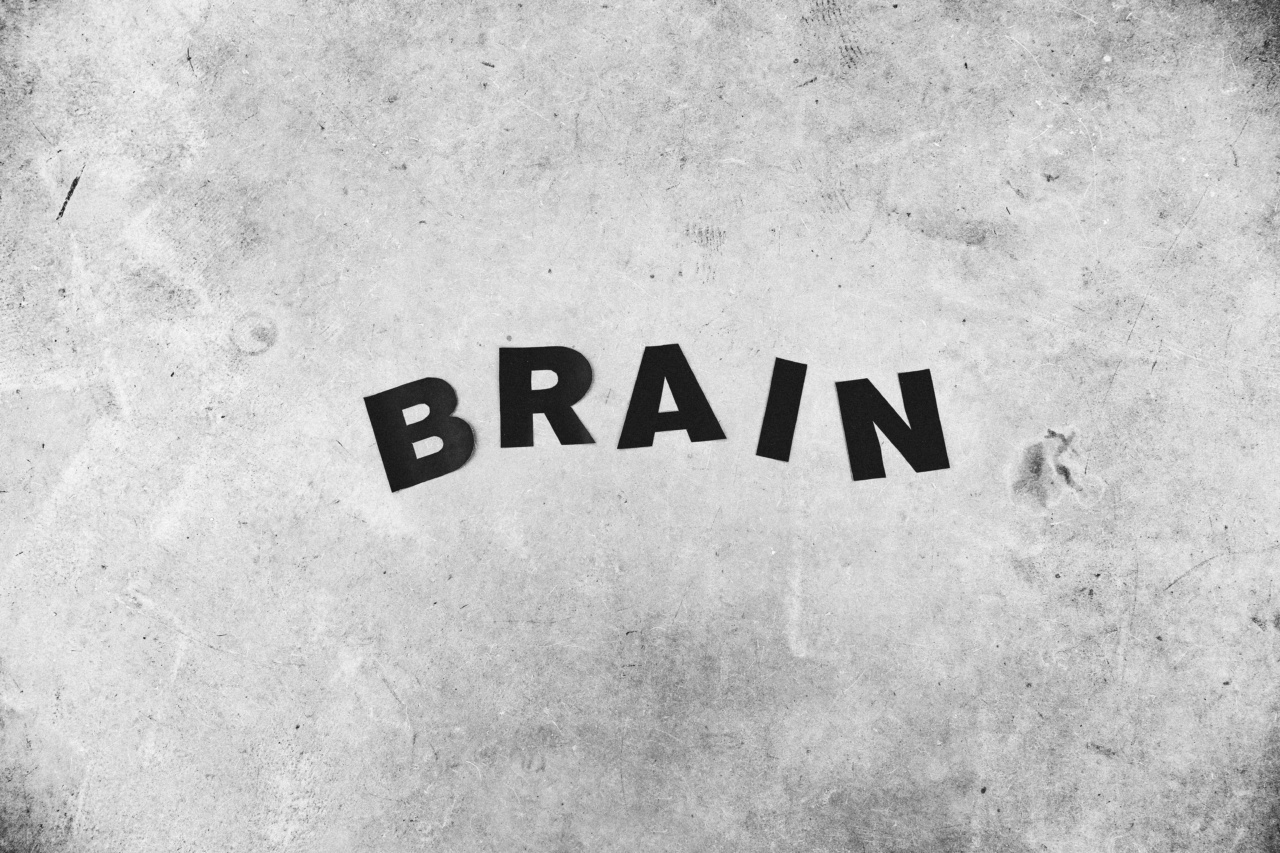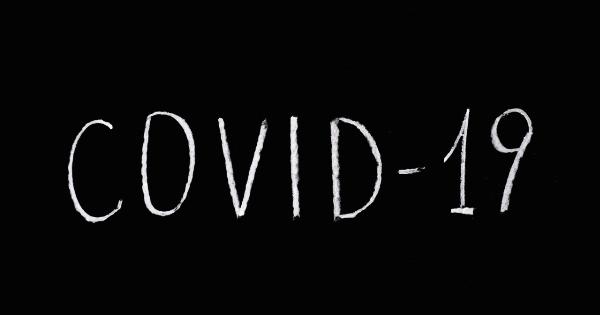Amnesia is a neurological disorder that is characterized by the inability to remember past events or information.
It is a condition that could result from various factors, including physical injury, psychological trauma, or as a side effect of certain medications. Amnesia creates what is often referred to as a “memory vacuum,” leaving gaps in one’s ability to recall things.
Scientists and psychologists have spent decades trying to understand this disorder and have developed several theories on how it affects the brain. In this article, we will explore the concept of the memory vacuum caused by amnesia.
What is Amnesia?
Amnesia is a memory disorder that affects an individual’s ability to remember past events or learn new information. It is caused by damage to specific areas of the brain that are responsible for memory functions.
Amnesia can be temporary or permanent, and it can be either retrograde (impairment of memories before the brain damage occurred) or anterograde (inability to create new memories after the brain damage occurred).
Types of Amnesia
Amnesia can be categorized into different types based on the areas of the brain that are affected. Some common types are:.
1. Traumatic Amnesia
Traumatic amnesia is caused by a physical injury to the brain, such as a blow to the head. The severity of the amnesia depends on the extent of the brain damage. This type of amnesia could be temporary or permanent.
2. Dissociative Amnesia
Dissociative amnesia is caused by psychological trauma, such as witnessing a traumatic event. It is characterized by the sudden inability to recall personal information that is typically stored in long-term memory.
3. Wernicke-Korsakoff Syndrome
Wernicke-Korsakoff syndrome is caused by a thiamine deficiency, often associated with heavy alcohol consumption. It is a condition that affects the brain’s ability to absorb and utilize thiamine, which leads to a loss of memory and confusion.
Symptoms of Amnesia
The symptoms of amnesia can vary depending on the severity of the condition. Some common symptoms include:.
1. Inability to Remember Past Events
Individuals with amnesia may have difficulty remembering past events, including events that happened before the onset of the condition.
They may not be able to recognize people they previously knew, places they have visited, or even their personal identity.
2. Confusion
Amnesia can cause confusion, particularly in situations that require memory recall. For example, individuals with amnesia may have difficulty completing tasks that require them to follow a sequence of steps.
3. Short-Term Memory Loss
Individuals with amnesia may have difficulty creating new memories or retaining new information. This could make it difficult to perform daily activities, such as remembering appointments or names of people they recently met.
4. Feeling Disoriented
Individuals with amnesia may feel disoriented and may have difficulty navigating their environment, especially in unfamiliar places.
Causes of Amnesia
Amnesia can be caused by various factors that affect the brain’s ability to create or retrieve memories. Some common causes include:.
1. Brain Trauma
Brain trauma caused by an injury to the head could result in amnesia. The severity of the amnesia depends on the extent of the brain damage.
2. Stroke
A stroke occurs when the blood supply to the brain is disrupted, leading to brain damage that could result in amnesia.
3. Infection
Infections like encephalitis or meningitis could lead to inflammation of the brain, which could result in amnesia.
4. Alcohol and Drug Abuse
Chronic alcohol or drug abuse could cause amnesia, particularly Wernicke-Korsakoff syndrome.
The Memory Vacuum Concept
Amnesia creates what psychologists often call a “memory vacuum,” leaving gaps in one’s ability to recall things.
The concept of the memory vacuum is based on the fact that the brain stores memories in different ways, and damage to specific areas of the brain could affect the brain’s ability to retrieve or create memories.
For example, in retrograde amnesia, where the memory loss occurs before the brain damage, some memories could still be stored in the brain but are inaccessible due to the brain damage.
In contrast, in anterograde amnesia, where memory loss occurs after the brain damage, the brain’s ability to create new memories is disrupted.
The concept of the memory vacuum has significant implications not only for individuals with amnesia but also for researchers trying to understand memory functions and develop therapeutic interventions for memory-related disorders.
Diagnosis and Treatment
Diagnosis of amnesia involves a series of tests to determine the extent of memory loss and the cause of the amnesia.
Treatment options vary depending on the underlying cause of the condition and could include medication, behavioral therapy, or physical therapy.
Conclusion
Amnesia is a complex neurological disorder that affects an individual’s ability to create or retrieve memories.
The memory vacuum created by amnesia has significant implications for individuals living with the condition and researchers studying memory functions. While there is no single cure for amnesia, early diagnosis and appropriate treatment could help manage the condition’s symptoms and improve the quality of life for individuals living with the disorder.




























